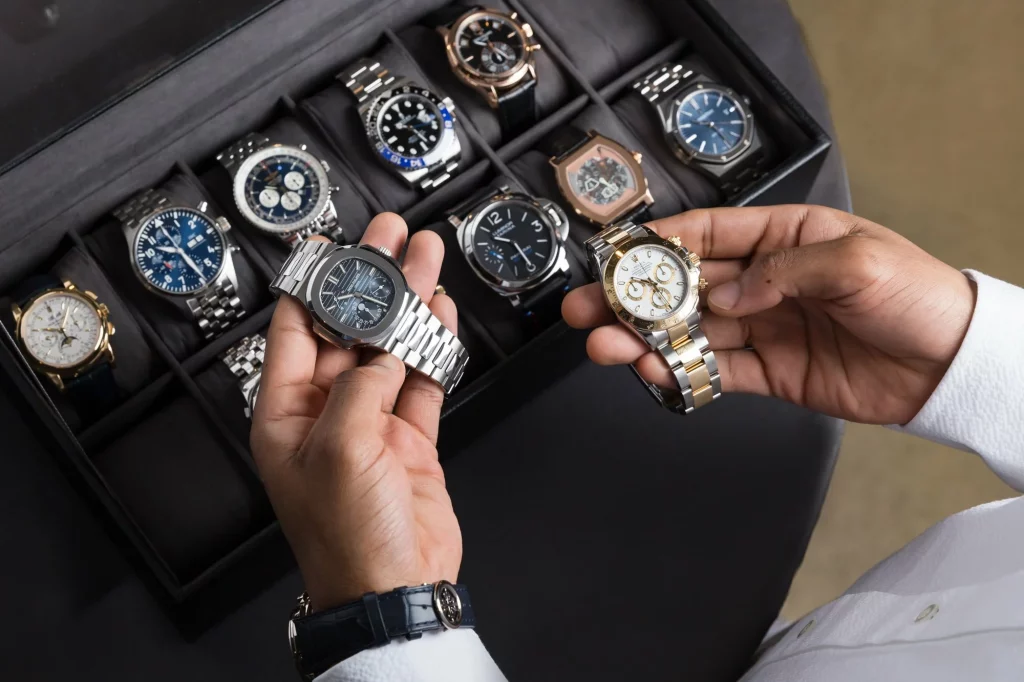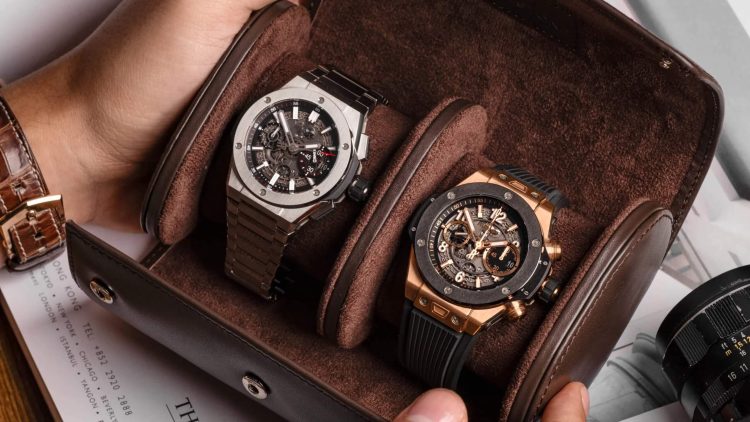Introduction
The collectibles market has long been a playground for passionate enthusiasts, with investors turning to art, rare coins, stamps, and vintage sports memorabilia as a way to both preserve wealth and enjoy the thrill of owning something valuable. However, in recent years, the definition of what constitutes a “rare collectible” has expanded beyond traditional markets. Today, savvy investors are looking at a new class of assets—things that were once considered niche or even unconventional—now becoming high-value opportunities.
From limited-edition sneakers and digital art to rare comic books and luxury watches, these modern-day collectibles are attracting increasing attention from investors seeking to diversify their portfolios. In this article, we will explore the “new favorites” among investors in the world of rare collectibles. These items, often driven by a combination of rarity, demand, and cultural significance, are quickly becoming the new darlings of the investment world.
Section 1: The Resurgence of Rare Sneakers
Sneaker culture has exploded over the past two decades, and with it, the market for rare, limited-edition sneakers has gone from niche to mainstream. Sneakers, once just a functional item, are now highly sought-after collectibles, with some fetching tens or even hundreds of thousands of dollars at auctions or resale platforms.
1.1 Why Sneakers?
- Cultural Influence: Sneakers have transcended their original purpose to become symbols of status, artistry, and fashion. Collaborations with famous designers, athletes, and even musicians (like Kanye West’s Yeezy line with Adidas or Nike’s partnership with Michael Jordan) have driven the market.
- Scarcity & Exclusivity: Limited runs and exclusive releases create a sense of scarcity, fueling demand. Sneakers from iconic moments—such as Michael Jordan’s original Air Jordans or rare colorways—are highly prized.
- Investment Potential: High-demand sneakers often appreciate significantly over time. As resale platforms like StockX and Stadium Goods gain prominence, investors have easy access to buying and selling high-value sneakers.
1.2 Notable Examples
- Nike Air Mag: The limited-edition Nike Air Mag, designed for the 1989 movie Back to the Future II, fetched over $200,000 in auctions.
- Yeezy 350 “Turtle Dove”: Early releases of Kanye West’s Yeezy 350 have seen astronomical price increases, some pairs now selling for up to $5,000, despite being released for under $200.
Section 2: Digital Art and NFTs: The New Frontier
While traditional art markets have been in existence for centuries, the rise of digital art and NFTs (non-fungible tokens) has opened up a new realm for investors looking to diversify their portfolios. Digital art, backed by blockchain technology, allows for secure ownership and provenance, creating a new form of collectability.
2.1 Why Digital Art and NFTs?
- Decentralized Ownership: NFTs allow creators to tokenize their work and sell it directly to buyers, eliminating intermediaries like galleries and auction houses. The blockchain technology guarantees ownership and authenticity.
- Cultural & Digital Shift: The shift towards online spaces for work, leisure, and culture has propelled the demand for digital collectibles. High-profile sales, like Beeple’s “Everydays: The First 5000 Days,” which sold for $69 million at Christie’s in 2021, show the vast potential for growth in this market.
- Fame and Exclusivity: The fact that NFTs can represent limited editions, exclusive access, or artist collaborations has fueled both their cultural importance and investment potential.
2.2 Notable Examples
- CryptoPunks: These pixelated, 24×24 art pieces are some of the earliest NFTs and have sold for millions. One of the rarest CryptoPunks, #7804, sold for over $7.6 million in 2021.
- Beeple’s “Everydays”: Beeple’s digital collage, a work he created daily for over 13 years, sold for $69 million, becoming the most expensive NFT sale ever.
Section 3: Rare Comic Books: From Paper to Portfolio
Comic books, once seen as a hobby for children, have increasingly become a serious investment asset. The market for rare comic books is growing exponentially, driven by nostalgia, the rise of superhero films, and the desire to own a piece of pop culture history.
3.1 Why Comic Books?
- Cultural Relevance: With the global success of Marvel and DC films, comic books have become more than just paper—many are now considered iconic pieces of entertainment history.
- Rarity and Condition: First editions, limited runs, and comics in mint condition are extremely valuable. The value of a comic book is often dictated by its scarcity, as well as its condition (graded by professional services like CGC).
- Historical Significance: Comic books often reflect the socio-political landscape of their time, making them cultural artifacts that hold long-term value.
3.2 Notable Examples
- Action Comics #1: The first appearance of Superman, first published in 1938, is considered one of the most valuable comic books in the world. A copy of this comic sold for over $3.2 million in a private sale in 2021.
- Amazing Fantasy #15: The debut of Spider-Man, first published in 1962, has seen incredible increases in value, with a near-mint copy selling for over $1.1 million in 2021.

Section 4: Luxury Watches: Timeless Investments
While luxury watches have always been seen as status symbols, they have evolved into sought-after investment assets in recent years. Vintage watches, in particular, have become a favorite of investors looking for a blend of craftsmanship, history, and exclusivity.
4.1 Why Luxury Watches?
- Craftsmanship & Legacy: Luxury watch brands like Rolex, Patek Philippe, and Audemars Piguet have cultivated a reputation for precision, craftsmanship, and timeless design. Watches are often passed down through generations, enhancing their appeal as collectible items.
- Scarcity & Limited Editions: Just like in other markets, limited runs and rare models drive demand. Many watch brands release limited-edition models that become highly coveted by collectors, creating a secondary market where prices can skyrocket.
- Track Record of Value Appreciation: Unlike other luxury goods that depreciate, high-end watches—especially vintage models—tend to appreciate over time, making them an attractive investment.
4.2 Notable Examples
- Rolex Daytona “Paul Newman”: A Rolex Daytona worn by actor Paul Newman sold for $17.8 million at auction in 2017, setting a new world record for the most expensive watch ever sold.
- Patek Philippe Grandmaster Chime: The most complicated wristwatch ever created by Patek Philippe, this timepiece sold for $31 million in 2019, making it the most expensive watch ever sold at auction.
Section 5: Rare Wine and Whiskey: Bottled Investments
While many people enjoy a glass of wine or a drink of whiskey, rare bottles of these beverages are fast becoming an investment goldmine. Limited-edition releases, vintage wines, and collectible whiskey bottles are attracting both collectors and investors looking to capitalize on their rarity and aging potential.
5.1 Why Rare Wine and Whiskey?
- Aging Potential: Both wine and whiskey improve with age, which makes them ideal candidates for long-term investment. Rare wines, especially from top estates like Bordeaux and Burgundy, can appreciate significantly over decades.
- Limited Releases: Limited-edition bottles, especially from prestigious distilleries like Macallan or Glenfiddich, often appreciate significantly once they are sold out. Rare bottles of whiskey can fetch thousands of dollars on the secondary market.
- Increasing Global Demand: As interest in luxury consumption rises globally, more investors are turning to wine and whiskey as viable alternative investments.
5.2 Notable Examples
- The Macallan Fine & Rare Collection: A bottle from this collection, dating back to 1926, sold for a record-breaking $1.9 million at auction in 2019.
- Romanée-Conti Wine: A bottle of Romanée-Conti wine from the 1945 vintage was sold for over $550,000 in a 2018 auction, underscoring the incredible demand for rare wines.
Conclusion:
The landscape of rare collectibles has expanded dramatically over the past few years. What was once a world dominated by art, coins, and stamps is now teeming with new, modern collectibles like sneakers, digital art, and luxury watches. With these emerging categories, investors have an increasingly diverse range of options to explore, each offering unique opportunities for growth and capital preservation.
As with all investments, however, there are risks involved, and a well-researched approach is essential. Understanding the rarity, demand, and cultural relevance of a collectible is just as important as its intrinsic value. For those looking to diversify their portfolios or simply enjoy the thrill of collecting, the new world of rare collectibles is a vibrant and exciting frontier to explore.


















































